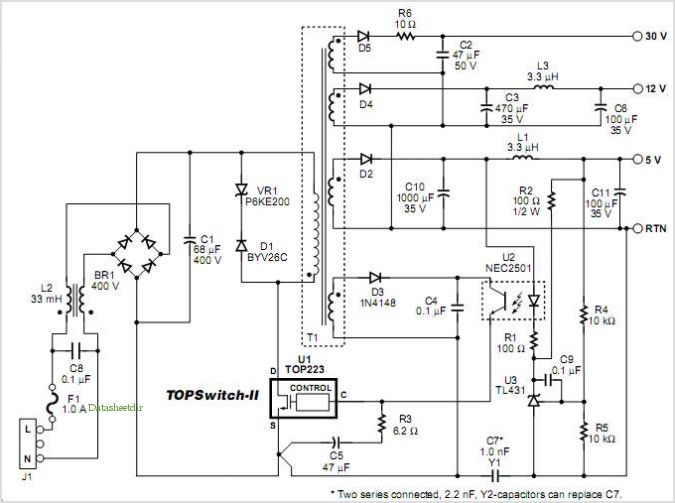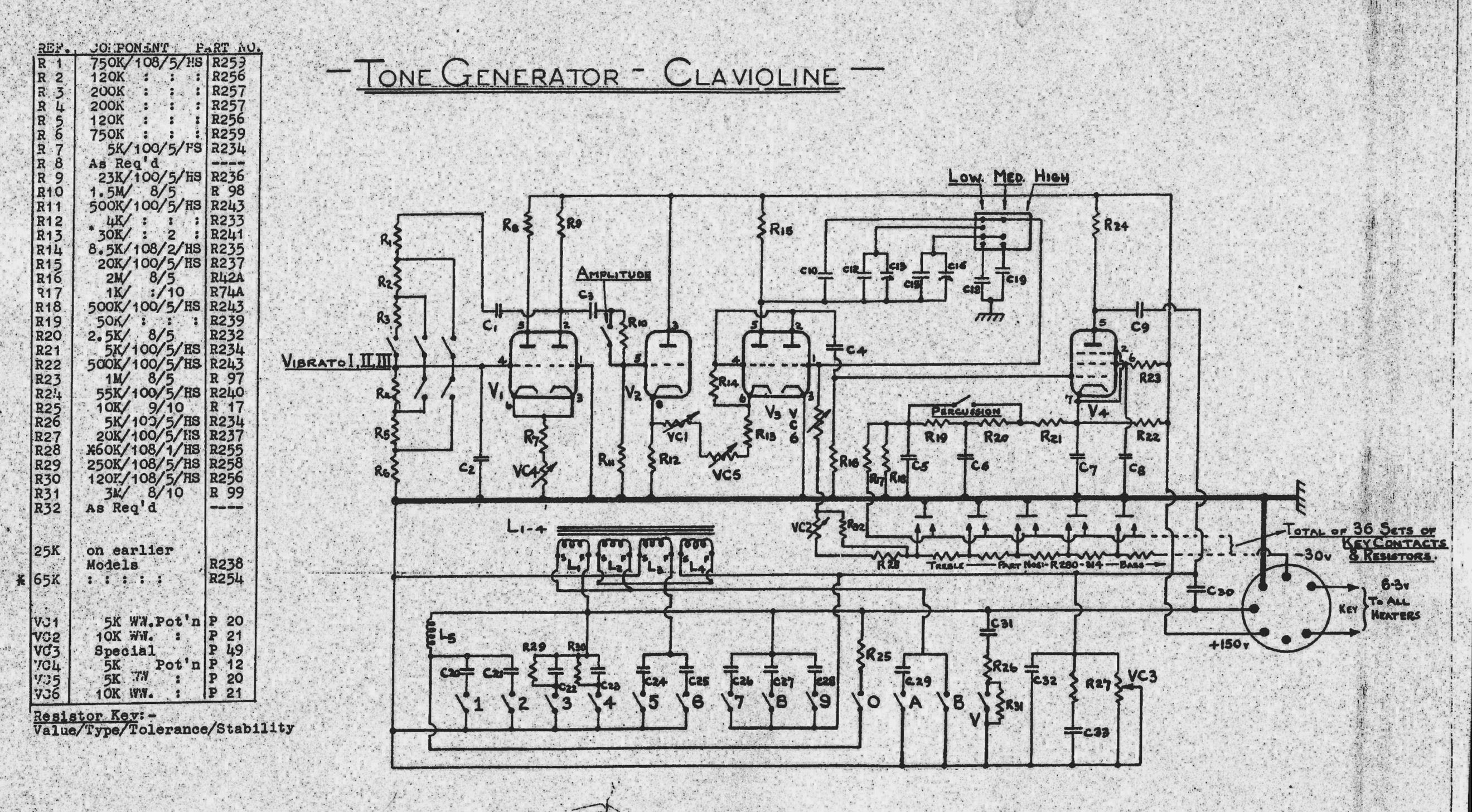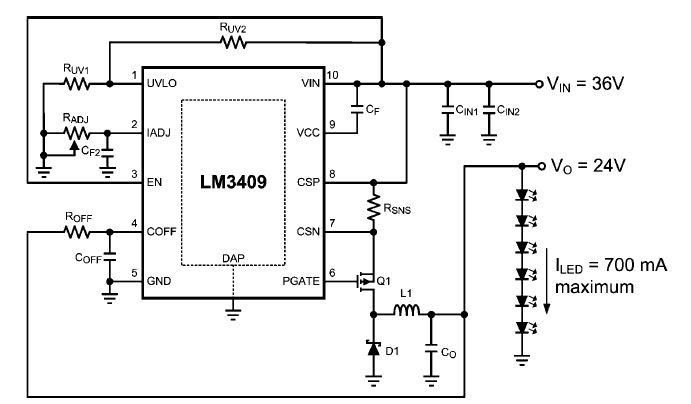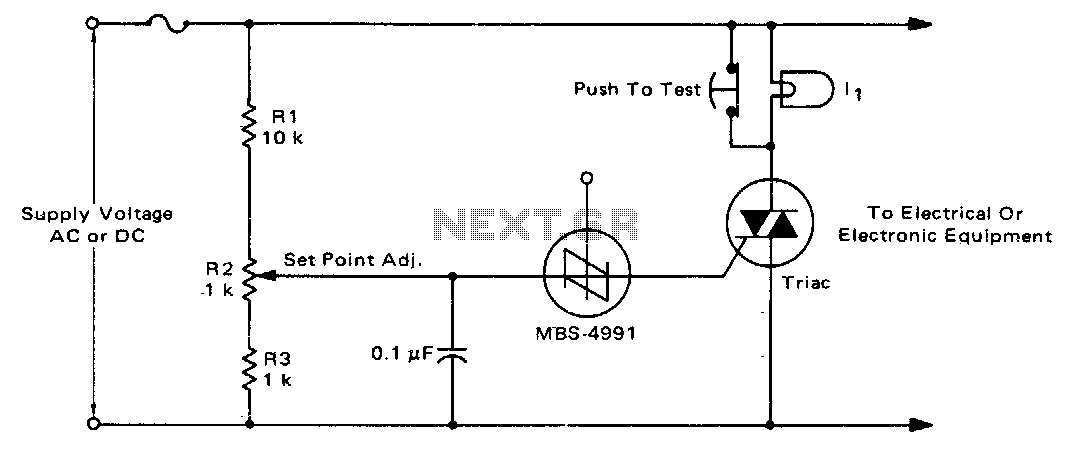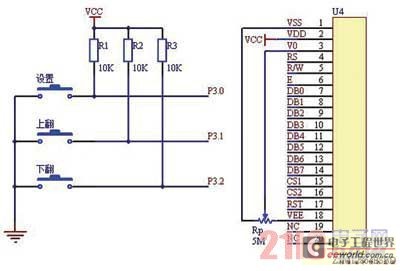
CAN bus line communication modular design of one-chip computer and MCP2510

The Controller Area Network (CAN) bus line, also known as a control device LAN, is recognized for its high performance, reliability, and unique design. Initially developed by Bosch in Germany for automotive applications, the CAN bus has expanded into various fields, including industrial automation, mechanical engineering, textiles, agricultural machinery, robotics, CNC machine tools, medical equipment, and sensors. The CAN bus line has established international standards and is acknowledged as one of the most promising field buses. The International Organization for Standardization (ISO) has defined the CAN bus standard under ISO 11898, which has garnered support from numerous semiconductor manufacturers, leading to the development of various integrated products that comply with the CAN protocol. The core component of the CAN bus system is the intelligent node responsible for sending and receiving messages on the network, typically comprising a microcontroller or a combination of a CAN control device and microcontroller in a single unit. The MCP2510 is a standalone programmable CAN control device chip produced by Microchip Technology. This document introduces the MCP2510 and its application within the intelligent node of the CAN bus system. The MCP2510 features an SPI interface and is available in a DIP package. It supports CAN protocol versions 2.0A and 2.0B, allowing for the transmission and reception of both canonical and extended message frames, along with capabilities for message filtering and information management. The MCP2510 achieves a maximum data transmission rate of 5 Mbps through its SPI interface and can communicate with other microcontrollers on the CAN bus. It includes three transmit buffers and two receive buffers, providing flexible message management capabilities that simplify the integration of microcontrollers in CAN bus operations.
The Controller Area Network (CAN) bus is a robust vehicle bus standard designed to facilitate communication among various microcontrollers without a host computer. The design of the CAN bus allows for a multi-master configuration, where multiple nodes can initiate communication, making it particularly suitable for real-time applications.
The MCP2510, as a key component in this system, acts as a bridge between the microcontroller and the CAN bus. Its SPI interface allows for easy integration with most microcontrollers, enabling seamless data exchange. The chip's support for both standard and extended frames enhances its versatility, accommodating a wide range of applications.
In practical applications, the MCP2510 can be used in automotive systems for engine management, body control, and safety systems. In industrial automation, it can facilitate communication between sensors, controllers, and actuators in a manufacturing setup. Its ability to filter messages ensures that only relevant data is processed, optimizing system performance.
The inclusion of multiple transmit and receive buffers within the MCP2510 allows for efficient data handling, enabling the microcontroller to manage multiple messages simultaneously. This feature is particularly beneficial in environments where high data throughput is essential.
Overall, the MCP2510 enhances the capabilities of the CAN bus system, providing a reliable and efficient means of communication across various applications. Its compliance with international standards and widespread support from the semiconductor industry further solidifies its position as a fundamental component in modern electronic systems.CAN Controller Area Network Bus line, namely control device LAN. Because of having high performance, high reliability and unique design, CAN bus line paid attention to more and more by people. Bosch Company of Germany controls and control system design CAN bus line for the car at first, now, its application has already faced fields such as course
industry, mechanical industry, textile industry, agricultural machinery, robot, NC machine tool, medical equipment and sensor, etc. to develop. CAN bus line has already formed the international standard, and already been recognized as one of the most promising field buses.
CAN bus line norm already been made for international standard ISO11898 by International Standardization Organization, and get the numerous support of half a conductor device manufacturer and put out various and integrate the products with CAN agreement. The intellectual node of CAN bus system is receiving and sending station of the message on the network, generally one-chip computer, CAN control device or two combine composition into a single unit.
MCP2510 is a kind of independent programmable CAN control device chip that Microchip Company produces. This text will introduce the new independent CAN communication control device MCP2510, and provide its application embodiment in intellectual node of CAN bus system.
MCP2510 is a kind of CAN control device with SPI interface, DIP capsulates and is shown as in Fig. 1. It supports CAN technical regulation V2. 0A/B, can send or receive the canonial and expanded message frame, have a function of receiving filtering and information management at the same time. MCP2510 carries on data transmission, the highest message transmission rate reachable 5 Mbps through SI interface and MCU, MCU can communicate through other units MCU on MCP2510 and CAN bus line.
Include 3 transmit buffers and 2 receiving buffers in MCP2510, also have flexible break managerial ability at the same time, these characteristics make MCU very simple and convenient to CAN total collinear operation. CAN Controller Area Network Bus line, namely control device LAN. Because of having high performance, high reliability and unique design, CAN bus line paid attention to more and more by people.
Bosch Company of Germany controls and control system design CAN bus line for the car at first, now, its application has already faced fields such as course industry, mechanical industry, textile industry, agricultural machinery, robot, NC machine tool, medical equipment and sensor, etc. to develop. CAN bus line has already formed the international standard, and already been recognized as one of the most promising field buses.
CAN bus line norm already been made for international standard ISO11898 by International Standardization Organization, and get the numerous support of half a conductor device manufacturer and put out various and integrate the products with CAN agreement. The intellectual node of CAN bus system is receiving and sending station of the message on the network, generally one-chip computer, CAN control device or two combine composition into a single unit.
MCP2510 is a kind of independent programmable CAN control device chip that Microchip Company produces. This text will introduce the new independent CAN communication control device MCP2510, and provide its application embodiment in intellectual node of CAN bus system.
MCP2510 is a kind of CAN control device with SPI interface, DIP capsulates and is shown as in Fig. 1. It supports CAN technical regulation V2. 0A/B, can send or receive the canonial and expanded message frame, have a function of receiving filtering and information management at the same time. MCP2510 carries on data transmission, the highest message transmission rate reachable 5 Mbps through SI interface and MCU, MCU can communicate through other units MCU on MCP2510 and CAN bus line.
Include 3 transmit buffers and 2 receiving buff 🔗 External reference
The Controller Area Network (CAN) bus is a robust vehicle bus standard designed to facilitate communication among various microcontrollers without a host computer. The design of the CAN bus allows for a multi-master configuration, where multiple nodes can initiate communication, making it particularly suitable for real-time applications.
The MCP2510, as a key component in this system, acts as a bridge between the microcontroller and the CAN bus. Its SPI interface allows for easy integration with most microcontrollers, enabling seamless data exchange. The chip's support for both standard and extended frames enhances its versatility, accommodating a wide range of applications.
In practical applications, the MCP2510 can be used in automotive systems for engine management, body control, and safety systems. In industrial automation, it can facilitate communication between sensors, controllers, and actuators in a manufacturing setup. Its ability to filter messages ensures that only relevant data is processed, optimizing system performance.
The inclusion of multiple transmit and receive buffers within the MCP2510 allows for efficient data handling, enabling the microcontroller to manage multiple messages simultaneously. This feature is particularly beneficial in environments where high data throughput is essential.
Overall, the MCP2510 enhances the capabilities of the CAN bus system, providing a reliable and efficient means of communication across various applications. Its compliance with international standards and widespread support from the semiconductor industry further solidifies its position as a fundamental component in modern electronic systems.CAN Controller Area Network Bus line, namely control device LAN. Because of having high performance, high reliability and unique design, CAN bus line paid attention to more and more by people. Bosch Company of Germany controls and control system design CAN bus line for the car at first, now, its application has already faced fields such as course
industry, mechanical industry, textile industry, agricultural machinery, robot, NC machine tool, medical equipment and sensor, etc. to develop. CAN bus line has already formed the international standard, and already been recognized as one of the most promising field buses.
CAN bus line norm already been made for international standard ISO11898 by International Standardization Organization, and get the numerous support of half a conductor device manufacturer and put out various and integrate the products with CAN agreement. The intellectual node of CAN bus system is receiving and sending station of the message on the network, generally one-chip computer, CAN control device or two combine composition into a single unit.
MCP2510 is a kind of independent programmable CAN control device chip that Microchip Company produces. This text will introduce the new independent CAN communication control device MCP2510, and provide its application embodiment in intellectual node of CAN bus system.
MCP2510 is a kind of CAN control device with SPI interface, DIP capsulates and is shown as in Fig. 1. It supports CAN technical regulation V2. 0A/B, can send or receive the canonial and expanded message frame, have a function of receiving filtering and information management at the same time. MCP2510 carries on data transmission, the highest message transmission rate reachable 5 Mbps through SI interface and MCU, MCU can communicate through other units MCU on MCP2510 and CAN bus line.
Include 3 transmit buffers and 2 receiving buffers in MCP2510, also have flexible break managerial ability at the same time, these characteristics make MCU very simple and convenient to CAN total collinear operation. CAN Controller Area Network Bus line, namely control device LAN. Because of having high performance, high reliability and unique design, CAN bus line paid attention to more and more by people.
Bosch Company of Germany controls and control system design CAN bus line for the car at first, now, its application has already faced fields such as course industry, mechanical industry, textile industry, agricultural machinery, robot, NC machine tool, medical equipment and sensor, etc. to develop. CAN bus line has already formed the international standard, and already been recognized as one of the most promising field buses.
CAN bus line norm already been made for international standard ISO11898 by International Standardization Organization, and get the numerous support of half a conductor device manufacturer and put out various and integrate the products with CAN agreement. The intellectual node of CAN bus system is receiving and sending station of the message on the network, generally one-chip computer, CAN control device or two combine composition into a single unit.
MCP2510 is a kind of independent programmable CAN control device chip that Microchip Company produces. This text will introduce the new independent CAN communication control device MCP2510, and provide its application embodiment in intellectual node of CAN bus system.
MCP2510 is a kind of CAN control device with SPI interface, DIP capsulates and is shown as in Fig. 1. It supports CAN technical regulation V2. 0A/B, can send or receive the canonial and expanded message frame, have a function of receiving filtering and information management at the same time. MCP2510 carries on data transmission, the highest message transmission rate reachable 5 Mbps through SI interface and MCU, MCU can communicate through other units MCU on MCP2510 and CAN bus line.
Include 3 transmit buffers and 2 receiving buff 🔗 External reference
